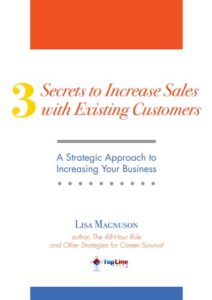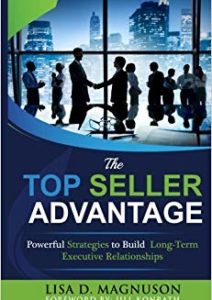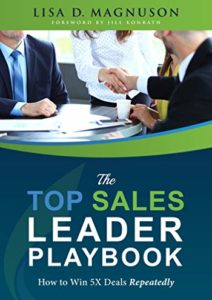Most sellers don’t want to think about their sales process. After all, it’s more ‘Art’ than ‘Science’, comes naturally and every sales situation is unique. Let the sales leaders think about it, the sellers just want to sell.
So, what are the benefits of a Clearly Defined and Adhered to Sales Process?
- A baseline, representing best practices from which improvements and adjustments can be made.
- Clarity for sales people, sales leaders and stakeholders.
- Common terminology to enable clear communication.
- Quantifiable and repeatable.
- Identified sales pitfalls means a ‘Heads up’ to avoid.
- A framework to identify triggers or ‘Sales accelerators’ (i.e. those activities that accelerate the sales process).
- Basis for automation. (the sales process should drive sales force automation, not visa versa)
- Improved close ratios by following a success template.
- Predictable sales results – a ‘System’ that produces results.
Before we go any further, let’s get on the same page by defining a sales process. A sales process is a step by step approach to selling designed for salespeople. It should represent best practices, not ‘What is.’ It covers initial contact with a prospect through contract and beyond.
It sounds as if there is no downside (but lots of upside) to putting a sales process into place for your sales organization. Here’s how to start.
Step One: Build the Framework
- Phases or stages
- Phase components
- Phase characteristics
- Pipeline ratios
Step Two: Fill in the Details
- Best practice activities associated with each phase
- Mark trigger or sales accelerator actions
- Consider and note common sales pitfalls for each phase
- Include sales resources and tools for each phase
Step Three: Identify your Customer’s Typical Buying Cycle
- Customer buying steps
- Customer activities
- Characteristics of each stage from the customer’s perspective
- Customer expectations
Step Four: Measure, Socialize, Train, Refine
- Test for quality and quantity
- Add number of prospects needed at each phase
- Test pipeline ratios
- Socialize within your sales organization. Include all stakeholders
- Conduct comprehensive training to ‘Install’ the new sales process
- Refine
Step Five: Automate
- Integrate into existing or new sales automation system (CRM)
Good luck. You will ‘Ring the Bell’ more often when your sellers follow a customized sales process build on best practices.
Executive Engagement is a Key Part of the Sales Process:
Make sure your executive engagement efforts are working by giving your sellers the book that is guaranteed to enhance their sales performance. The TOP Seller Advantage: Powerful Strategies to Build Long-Term Executive Relationships includes proven strategies to ensure sellers develop long lasting executive access.
Pipeliner CRM is precisely and visually tailored to a company’s sales process.Get your free trial of Pipeliner CRM now.















Comments